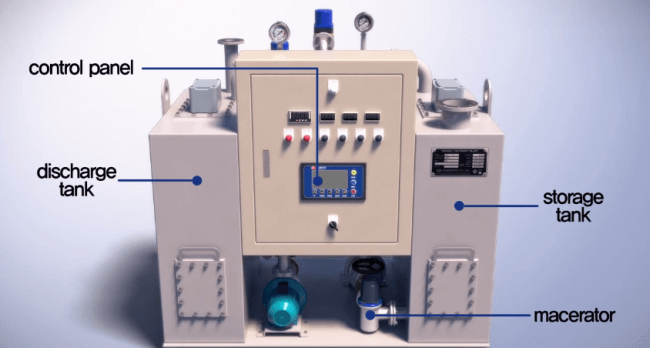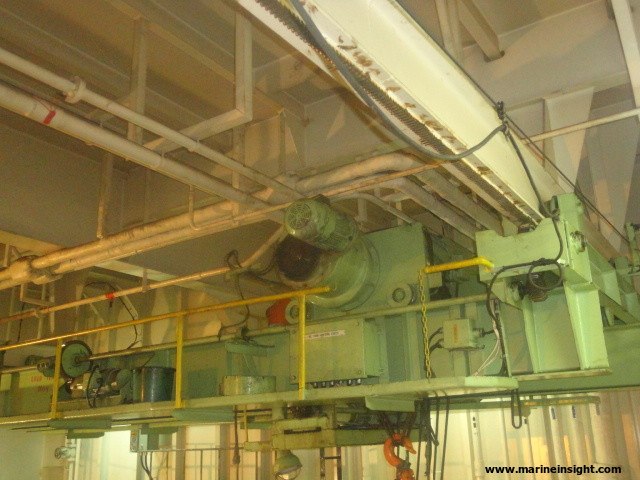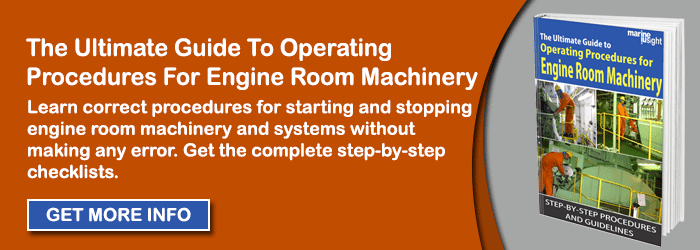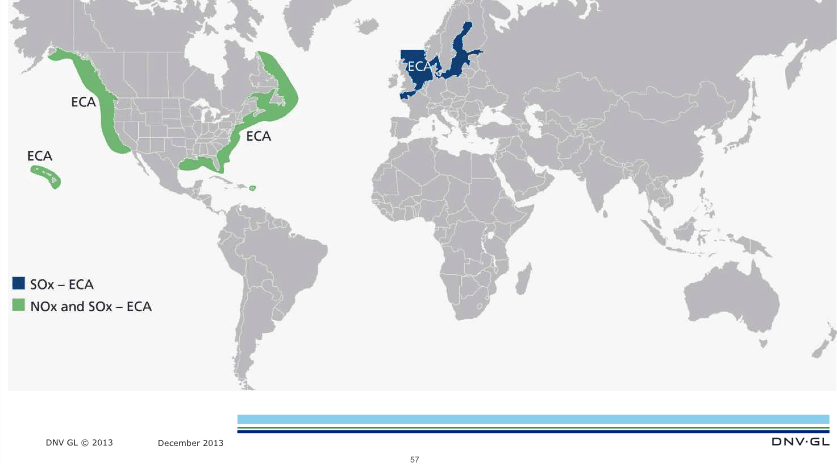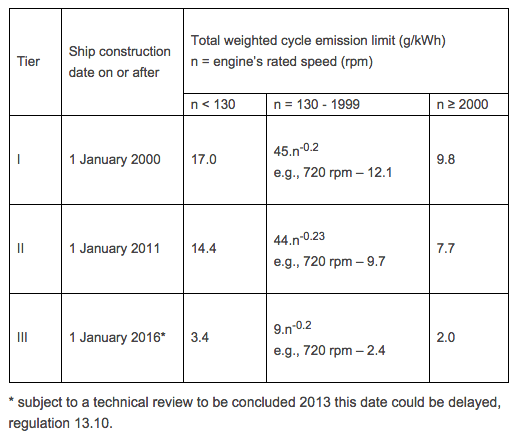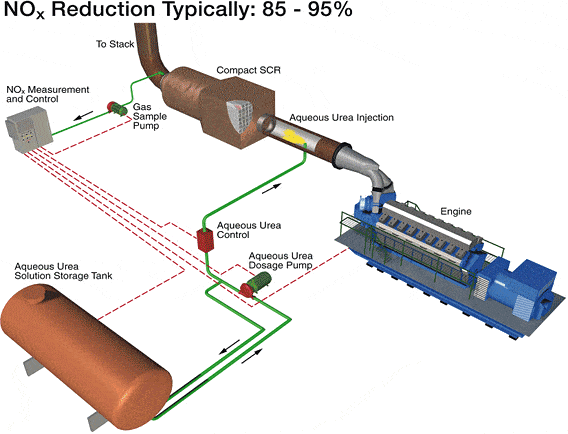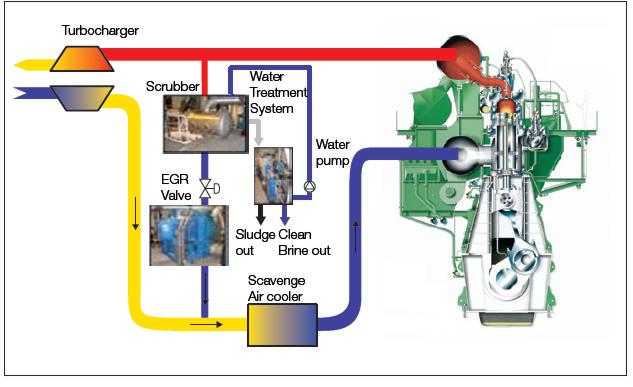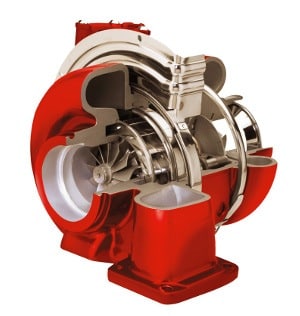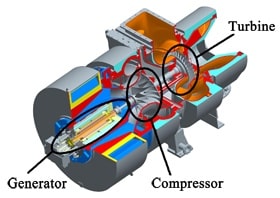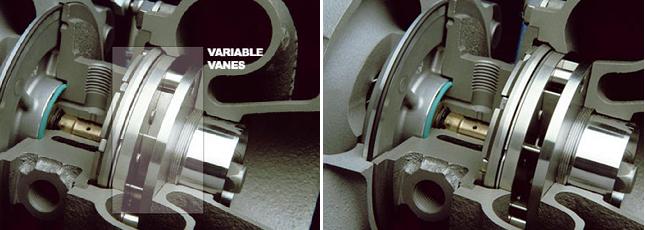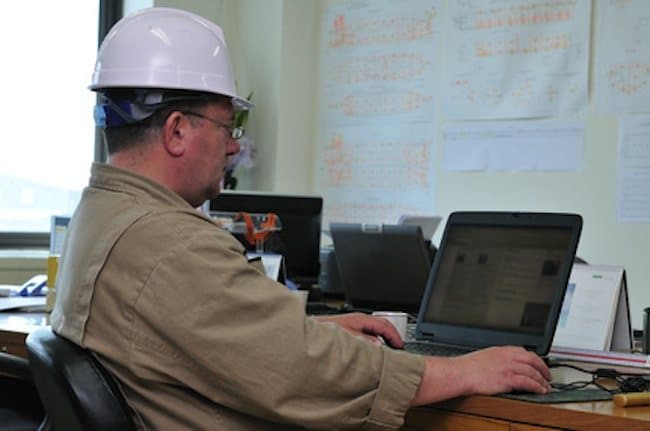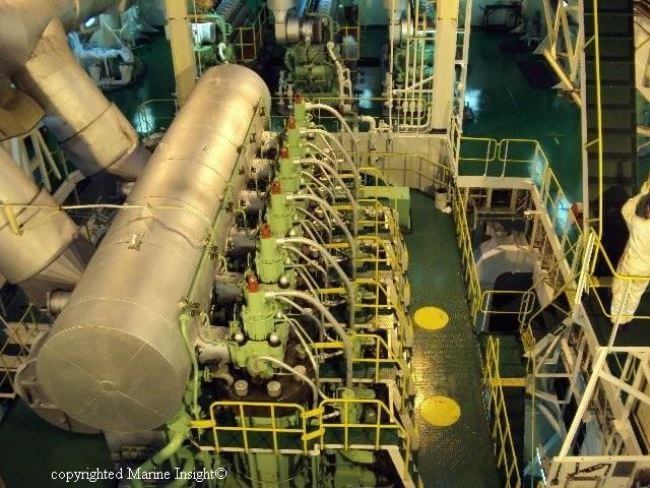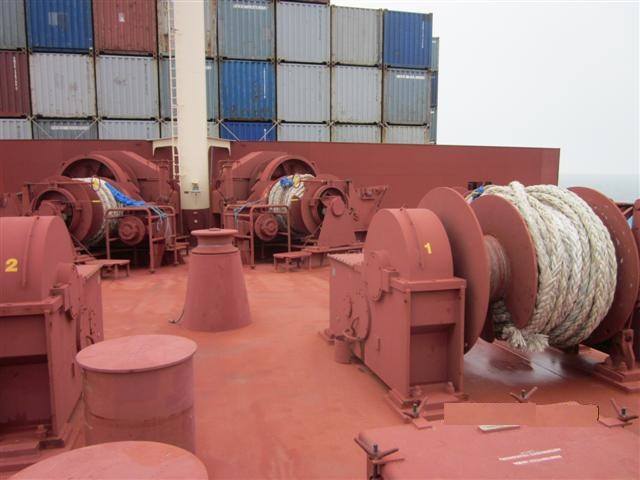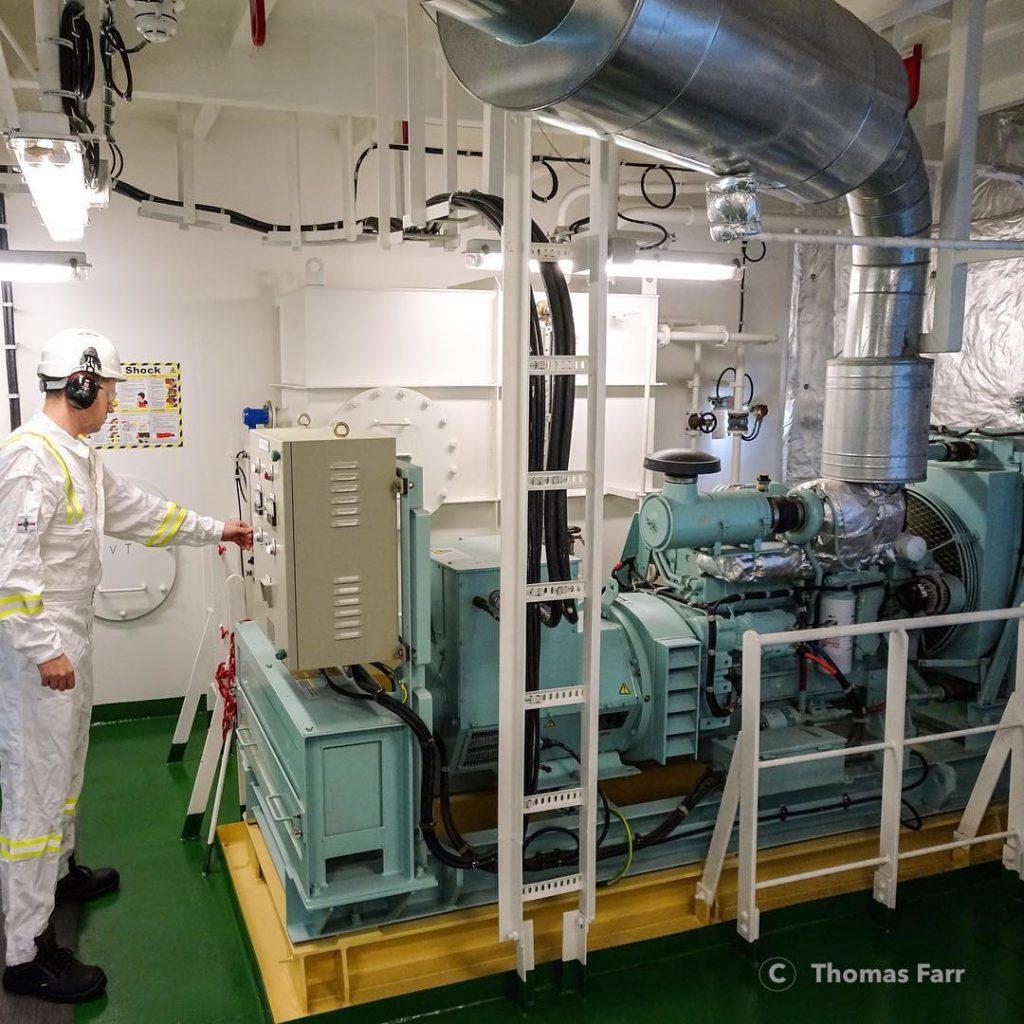The trillion-dollar shipping industry transports a wide variety of goods all over the globe. Regardless of whether the goods are meant to be kept hot or cold, dry or wet, packaged or fresh, this industry covers it all.
But transporting so many commodities is not as simple as filling shipping containers with various goods, and then loading them on container vessels.
What do you do if you have to maintain certain products at a sub-zero temperature?
They cannot be transported in the same container alongside items meant to be stored at room temperature. The solution is to transport similar goods in the same container.
And this is where insulated shipping containers come into play.
Without them, it would be near impossible to ship a large variety of items.
In this article, we will go through the various uses, features and types of such containers, that play an integral role in the global shipping industry.
Why do we Need Insulated Shipping Containers?
To understand why a large amount of logistic spending goes on maintaining an insulated and temperature-controlled state for certain goods, let us look at the main products that use this facility.
Pharmaceutical products, fresh produce, beverages, frozen goods, and chemicals often need to be maintained at specific temperatures. They also need to be protected from contamination, by ensuring that air entering and leaving the container is filtered. This is where insulation plays an important role. It completely seals a shipping container off from the outside and helps maintain a fixed condition for the transported goods.
An important point that needs to be understood to comprehend temperature controls on insulated shipping containers is the cold chain. This term refers to a supply chain methodology that keeps certain goods in a permanent cold state throughout its journey from the supplier to the customer.
![Insulated shipping container]()
Image Credit: tpsolutions.eu
By retaining a cold condition, there are no abrupt temperature changes that might cause a variety of problems. For instance, frequent thawing and cooling cycles of food and other produce might cause spoilage.
For pharmaceutical drugs, their composition and reactions might change if the pills or medication are not kept below a certain temperature.
The main idea behind the cold chain is that low temperatures lock in freshness for produce, prevent the growth of bacteria, maintain the required composition of drugs and medicines, help to transport fresh foods, and overall improve the shelf life of foodstuff.
To fully understand why insulation is necessary, let us take an example of a crate of apples coming from the US all the way to India.
While air transport is very useful in such circumstances, it can be difficult for suppliers to transport tons of apples. And so, it is easier to use ships and container vessels for transport.
The journey takes anywhere between 15 to 20 days and requires your package to cross over 15,000 kilometres. Generally, most apples would be spoilt rotten within the first week if they were to make this journey in a normal intermodal container.
However, shipping companies take all efforts to keep the apples fresh and ready for consumption. So, they hire insulated and temperature-controlled containers that have enough space to ship their entire consignment.
This refrigerated container, commonly called a reefer, maintains the apples at a fixed temperature and ensures that there is no external contamination, by fully insulating the container.
When the consignment finally reaches India after more than 2 weeks, it is in a proper state without being spoilt. Further, once the container is unloaded off the vessel and loaded on to the back of trailers, the cold chain must not be broken. So, the same insulated container continues to house the apples until it reaches the customer who transfers it to a cooled warehouse facility.
Throughout this journey, had there not been an insulated container that kept a fixed temperature state, it would have been near impossible to ship apples across the world. And that is why these containers form an important part of the global supply chain and shipping industry.
Although this was a relatively simple example of a crate of apples, the same goes for extremely expensive and essential goods such as pharmaceutical drugs and medicines. In fact, for such commodities, they also filter incoming air in addition to refrigerating the consignment.
![Refrigerated Containers]()
Credits: Andrea Puggioni/wikipedia.org
Since unloading an entire container on to other smaller modes of transport can break a cold chain, most companies prefer to hire a full container, fill it with their goods, and then haul it to their warehouse facilities using trailers.
How to Insulate Shipping Containers
Since the types of goods that are transported on a daily basis are numerous, there must also be a number of ways to ensure that each product reaches its destination in a proper and acceptable condition.
For this, there are a number of methods to create a cool state depending on the condition that they are to be maintained at. Once the cool state has been created, the next problem that arises is regarding how this state is to be maintained. Heat transfer will always occur unless there are proper precautions taken. And this is where insulation comes into the picture.
The first type of container is enclosed in two layers, much like a thermos flask. In between these two layers, there is a vacuum that prevents any transfer of heat between the external conditions and the interior of the container. This method of maintaining the temperature is extremely useful since it requires minimum expenditure.
The only necessity is that some form of coolant is used to lower the temperature initially. Thereafter, the vacuum structure traps in internal energy and prevents it from heating up due to the surroundings.
Another manner in which heat exchange can be prevented is by lining the walls of a container with materials that can easily absorb and dissipate heat. These include liners and thermal blankets, that are generally made of multiple layers. Thermal blankets are large sheets that are usually wrapped around individual pallets, and not around the container. However, liners are structures built into the walls of the container, such that they conserve heat.
A common image that comes to mind when discussing insulating objects is the cooler box commonly found in hot regions. These are boxes or packages that are able to preserve heat by insulating the interior from the surroundings. This is achieved by using materials that are relatively heat resistant and have a tendency to reflect.
![Container insulation]()
Inside of Insulated Reefer Container
Initially, a coolant such as ice or various chemical gels is used to bring the temperature down. To lower the temperature, these materials absorb the heat present within the container and then morph into a different phase. For instance, gels turn into a slightly dense vapour when they are exposed to hot conditions. This is a simple method, that requires the container to be insulated by covering the walls in an appropriate type of material.
The next option to seal in the heat is by using gas-filled chambers, either around the entire container or around individual pallets that fill up the unit. The commonly used gases include inert gases that do not conduct heat and provide a cushion between the surroundings and the interior. Bubble wraps that are used to protect fragile goods can be filled with these types of gases so that they serve the dual function of heat preservation.
The important point to keep in mind while choosing an insulation method is that each type of consignment requires a different implementation. For example, reefers are built to work well with either liners or vacuum panels.
However, produce stored on pallets can use a form of a thermal blanket or inert bubble wrap around them. Depending on the type of goods that you are trying to transport, it is important to consult with an expert to see what is the best option for preserving heat.
Cooling and Other Features in Such Containers
The very principle behind insulated shipping containers is the cooling method used to lower the temperature during the journey.
There are a large number of options available for various types of goods. These range from conventional units like large refrigerators, to chemical agents that change phase to induce lower temperatures.
To induce a cool condition, the easiest method is installing blocks of ice or artificial slurry ice within the container. These blocks lower the temperature, after which insulation materials keep the temperature constant.
Slurry ice is a form of micro-crystal suspended in water that has a decreased freezing point as compared to normal ice. It is easier to use since it has an efficiency of nearly 70% as opposed to 45% for conventional ice. In addition, it can be densely packed which allows for more cooling within the same space constraints.
![Reefer unit in container]()
Reefer unit in insulated container
Other methods of lowering the temperature within a container include dry ice and chemical Phase Changing Material (PCMs). Dry ice is solid carbon dioxide that is well known for artificial cooling. It is commonly used since it does not leave a residue as compared to other types of coolants. It is easily identifiable by thick white smoke that rises as it changes phase. It is toxic in large concentrations, and hence can only be used under certain conditions.
PCMs are substances that absorb heat to lower the temperature and use this heat to change their phase or state. Common PCMs are generally in a solid-state, although they can be liquid as well. As they gradually lower the temperature, they are converted into a gaseous state. Another option is the use of gels that work within specific temperature ranges. Depending on the temperature at which the product is supposed to be stored, various gel packs can be used to absorb heat and lower the temperature.
Along with coolants, several additional features are optionally provided by shipping companies on their containers. These are apt for use on certain types of produce.
For instance, fresh produce can become stale if the same air is circulated within the container for the duration of the journey. Air filters are placed in such containers so that there is some form of circulation. In addition, some types of produce also require a small amount of nitrogen to be pumped into the container, to prevent spoilage.
Nitrogen reacts with any oxygen present in the air and prevents it from causing foodstuff to rot. This nitrogen is introduced in the container using filter systems.
In addition to filters, a necessity on insulated containers such as reefers is a gen-set that provides a backup for power during transit. While on ships, power is provided to keep all refrigeration units functioning. However, since the container must continue the cold chain even during road transport and while waiting at warehouse facilities, gen-sets are provided to power cooling units.
Most containers also use a temperature sensor to constantly monitor heat fluctuations. These sensor readings are to be regularly checked so as to ensure that there is no spoilage. If registered with shipping companies, there are often provisions made to monitor the temperature and provide constant feedback to the company that has hired the container.
Problems and Challenges
As with every good idea, insulated shipping containers also have their own share of issues. Foremost is properly maintaining the cold chain.
No matter the effort is taken during shipment if the chain is broken during transit, whether by road or rail, the goods are unusable and may get spoilt. This is a huge challenge, as it is difficult to always keep a check on the container.
For instance, during transportation of vaccines and medications to sub-Saharan countries during the polio epidemic, a cold chain was maintained until the container was unloaded from the port. From there onwards, it became difficult to power the refrigeration unit, as sufficient supplies of either diesel to run the gen-set were not available, or because electricity was not provided during the journey by road. Thus, by the time the vaccines reached patients, they were either ineffective or toxic.
This created quite the opposite effect of what was intended. Thus, a small break in the cold chain had far-reaching consequences. Even though the medications were within insulated chambers, they were at the mercy of diesel or electricity generation.
In areas with a shortage of resources, it may be difficult to carry on a cold chain for days on end. To aid in this view, several facilities have come up in and around major cities in Africa that allow insulated chambers to function. Also, companies have explored the possibility of using other types of refrigerants instead of reefers in such regions.
The next major problem that affects the insulated container industry is the proper disposal of waste materials, by-products, packaging material, and left-over coolants. Present technology does not allow for recycling packaging material such as gel packs, bubble wraps etc. Hence, they are often simply discarded after their lifetime use, and end up in landfills and incineration sites.
They are immensely harmful to the earth due to the chemicals present within them. Thus, with no other greener alternative, companies are often forced to continue using disposable packaging material. Another major problem is the disposal of coolants. These substances are toxic chemicals that can cause a great deal of damage, as they pollute the air in addition to water bodies. They often include toxic substances such as oxides of poisonous elements and other contaminants.
Trials and experiments into different materials are currently going on, in an effort to reuse or at the least recycle material that will otherwise go to waste. In addition, coolants are also to be handled in a proper manner after their use and disposed of in certified containers.
Some coolants can be released back into the air, or integrate into water bodies without harming the natural ecology. However, the vast majority need to be destroyed and incinerated. For this, dedicated facilities that carry out incineration in a proper manner are required.
To Conclude…
The shipping industry is a modern marvel that allows almost every type of commodity to be shipped thousands of kilometres around the globe. This would not be possible without insulated containers, that keep items fresh and safe.
From fresh produce, meats, medicines to pharmaceutical drugs, a variety of conditions are met to allow for long-distance shipment.
For logistics and supply chain specialists, it is important to recognize that different goods require different techniques to remain fresh and usable. Identifying the correct method, and inspecting insulated containers are the first steps in ensuring quality control.
Some of the factors to take into account include the temperature sensitivity of the goods, the changes it undergoes when exposed to a low temperature for prolonged periods, and the size of each individual pallet or crate that is used.
A large number of shipping companies offer multiple types of insulated containers. When choosing the right choice for you, look for important qualities such as in-built refrigeration systems, warranty and quality checks, filter systems, quality of insulation seals around the edges of the container, standardization certificates etc.
If properly assessed, these insulated shipping containers can be a huge asset for companies and will allow them to ship a wider variety of goods.
Disclaimer: The authors’ views expressed in this article do not necessarily reflect the views of Marine Insight. Data and charts, if used, in the article have been sourced from available information and have not been authenticated by any statutory authority. The author and Marine Insight do not claim it to be accurate nor accept any responsibility for the same. The views constitute only the opinions and do not constitute any guidelines or recommendation on any course of action to be followed by the reader.
The article or images cannot be reproduced, copied, shared or used in any form without the permission of the author and Marine Insight.

